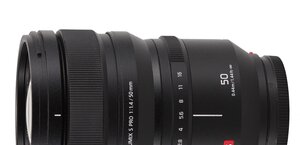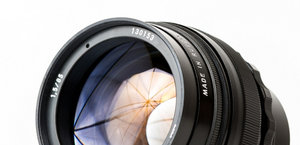Sigma A 50 mm f/1.2 DG DN
5. Chromatic and spherical aberration
Chromatic aberration
The Sigma A 50 mm f/1.2 DG DN, despite its complex optical construction, doesn't feature any low dispersion glass element. It's an interesting fact because the A 50 mm f/1.4 DG DN model did have one low dispersion glass element inside and the reflex camera Sigma A 50 mm f/1.4 DG HSM – as many as three such elements.It all made us very curious how the new model would perform when it comes to the correction of chromatic aberration. Photos below show that the longitudinal variation of this aberration is corrected well. It means the presence of low dispersion glass is not necessary for the proper correction of this type of optical aberration.
 |
Please Support UsIf you enjoy our reviews and articles, and you want us to continue our work please, support our website by donating through PayPal. The funds are going to be used for paying our editorial team, renting servers, and equipping our testing studio; only that way we will be able to continue providing you interesting content for free. |
- - - - - - - - - - - - - - - - - - - - - - - - - - - - - - - - - - - - - - - - - - - - - - - -
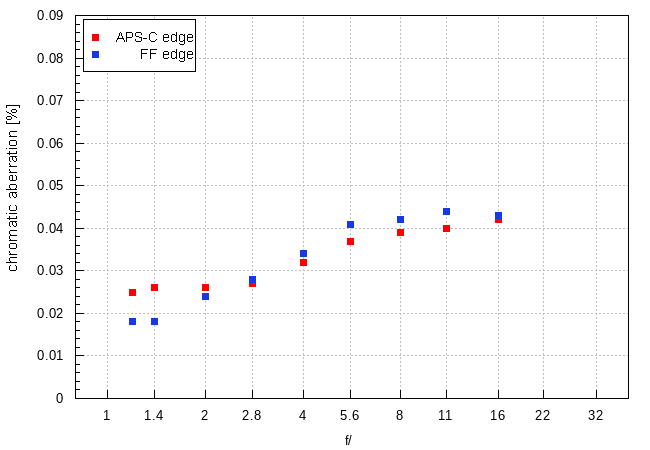
This aberration increases slowly from near 0.02% by /1.2 to a value on a level of 0.04% for f/8-16. It's worth remembering the fact that all the results in a range from zero up to 0.04% we describe as very low so also in this category the tested lens deserves to be praised a lot.
| A7R III, RAW, f/1.2 | A7R III, RAW, f/11.0 |
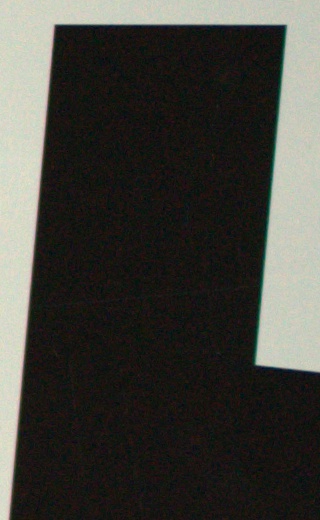
|
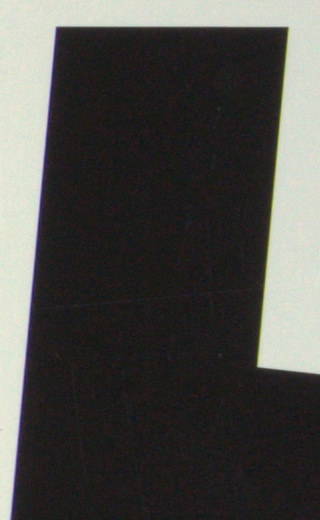
|
Spherical aberration
In first photos of this chapter, even after a closer inspection, it would be difficult to notice any focus shift effect. Some traces of undercorrected spherical aberration are visible, though – you can find them in circles of light we got before and behind the focus. In the first case you get soft edges, in the second – a brighter rim. Still the effect is not especially strong.Although problems with spherical aberration are accented, it seems the optics constructors cared more about the appearance of out-of-focus areas. Lack of focus shift and a very good image quality by f/1.2 allow us to think that spherical aberration is still kept within sensible limits.
| A7R IIIa, f/1.2, before | A7R IIIa, f/1.2, after |
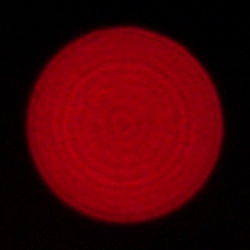
|
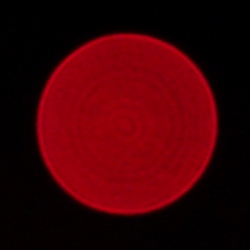
|




